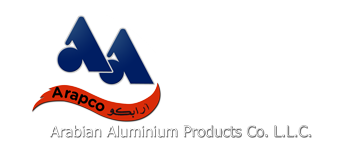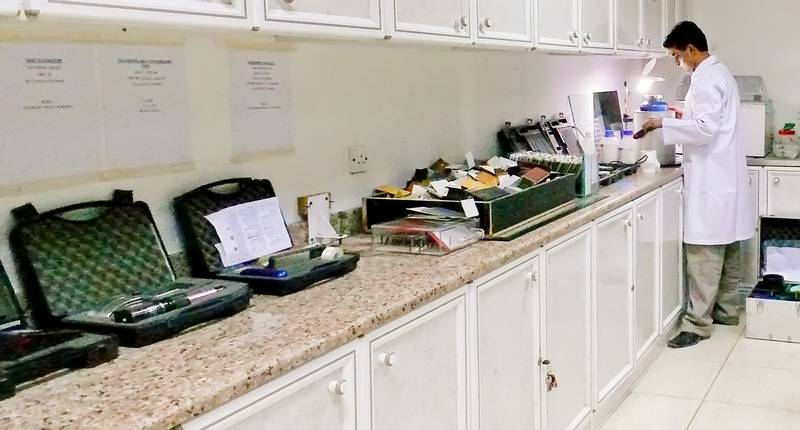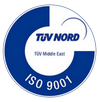Glass - After tempering following tests perform
Distortion by visually
We check the each thickness of glass visually Distortion and take corrective action if the value is beyond the limit
Structural and Insulating Glazing Sealant tests
KYNAR or powder coating
Pre-Treatment
Before treatment the material we check the following parameters.
1. Concentration of the chemical baths by Titration method which chemical distributors recommended.
2. Calculate the weight loss by etching and weight of chromate conversion on sample test panels.
3. Note the temperature of chemical baths.
4. Check the Conductivity of water.
5. Check the pH of rinse water.
6. Check the temperature of DRY OVEN on weekly basis.
7. Visual inspection of Pre-Treated materials.
Final Products
0.8 to 1.0 mm thickness of Aluminium test panel coated with the customers material under same parameters like pre-treatment, powder flow, curing temperature, Etc. and than perform following test in Quality Control Laboratory.
Sawing, milling and drilling
The good quality of the coating is tested using sharpened tools suitable for Aluminium
Visual Inspection
During coating the material we check the material on line visually with frequency. For interior material distance between should be at least 3 meter and for exterior materials distance should be 5 meters






















